In 1984 the Saab ”B202” engine was introduced, that pawed the way for the modern turbocharged 4-cylinder engine. Saab added a 16 valve cylinder head with double overhead camshafts. They retroactively renamed the 8-valve version the B201 and used B202 as the name of the new multi-valve unit. Another notable addition to the B202 was hydraulic valve lifters and Ecopower (“ep” in Italy, “(900)S” elsewhere), with a pre-heated catalytic converter for reduced emissions.
Downsizing as we know now means that a smaller engine has the same power and torque characteristics as a bigger naturally aspirated one, but still with the lower fuel consumption and exhaust emissions from the smaller one.
The engines cylinder volume was 1.985cc and the new cylinder head had 4 valves per cylinder. The engine management system was a combination between the new Bosch LH-Jetronic and the Saab APC-system with knockregulation. This engine was introduced in the Saab 900 T16 Aero ( SPG on the US-market ) and later in the Saab 9000.
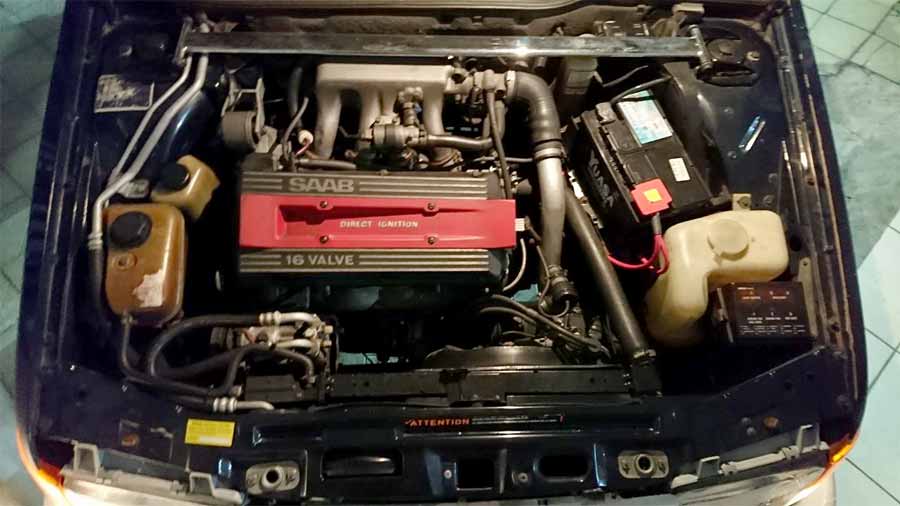
The maximum power was 160-185hp and the maximum torque was 255-273 Nm. Thanks to it´s engine characteristics and special exhaust note, the Saab B202 today has a cult status among the enthusiasts.
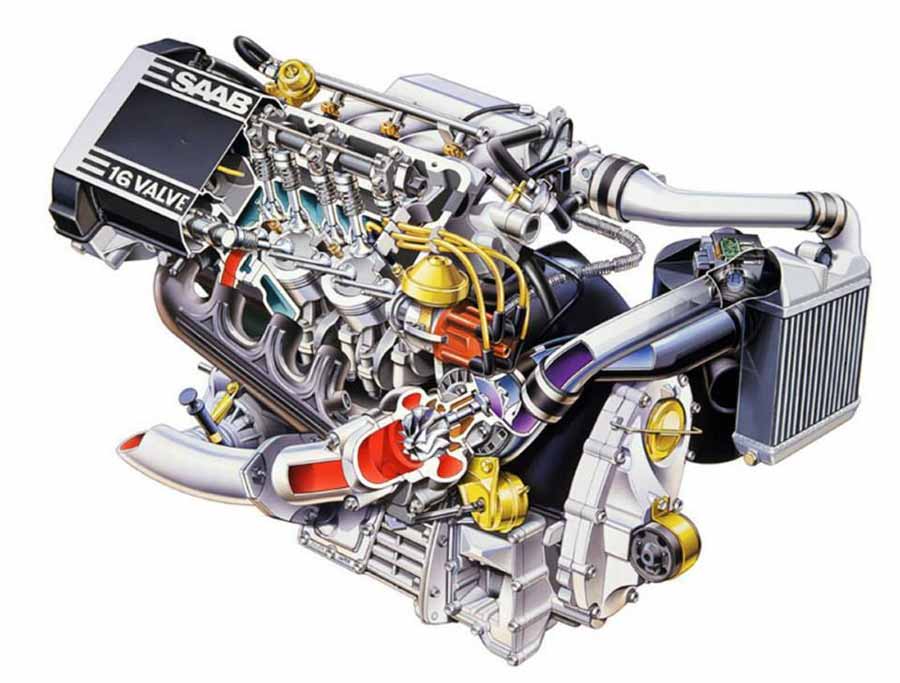
Produced 1984-1993 in this vesions:
- B202I – 2.0 16v, fuel injection, 115bhp (C900i, 9000i)
- B202S – 2.0 LPT, 150bhp (C900 LPT)
- B202L – 2.0 FPT, 175 / 185 bhp (C900 T16)
- B202R – 2.0 FPT, 204bhp (9000 Carlsson)
Saab’s B202 engine is one of the longest-lasting performance four-cylinders of all time. Bottom ends have proved to last a million miles with only regular maintenance. Head gaskets are more prone to failure than timing chains.
In 1985, The Saab 900 Turbo received the 160-horsepower, 16-valve, B202-spec engine, with the top-of-the-line SPG model getting unique cosmetic enhancements. Saab only offered the SPG in Special Black with tan leather interior; early examples have black ground-effect skirts while later 1985 models sport the gray panels used until the end of production

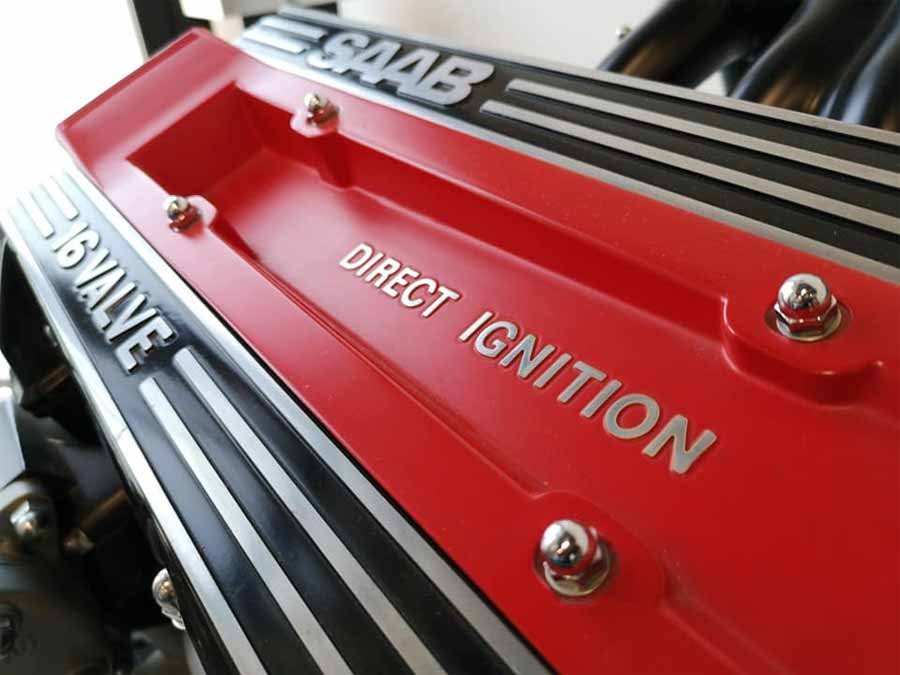





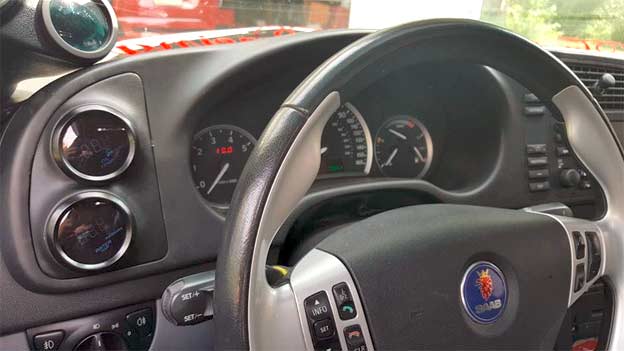
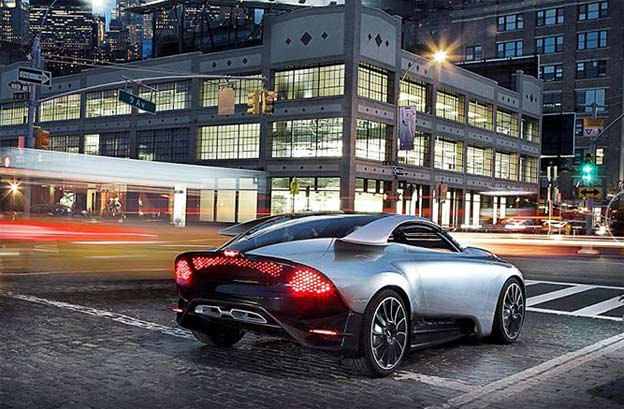



B202I – 2.0 16v, fuel injection, 128 hp 128 lbs torque US spec
Hi there – I have a 1993 Saab 900se and I think it might have a B202 engine fitted?
Is this correct and if so I could do with having the exhaust spec on the B202 to check what it’s euro standard?
If not B202 can you help me with what engine would have been fitted?
Thanks
Rico
Hi there – I have a 1993 Saab 900se and I think it might have a B202 engine fitted?
Is this correct and if so I could do with having the exhaust spec on the B202 to check what it’s euro standard?
If not B202 can you help me with what engine would have been fitted?
Thanks
Rico
Sorry, but I expect precise information from you “SAAB specialists”. I know that a blog like this takes work, but misinformation should be avoided! Therefore, I would like to make a few corrections. The equipment and engines depended on the market and varied strong, consequently also some technical data vary, because at that time not all countries had the same octane number for unleaded gasoline.
The 900 had two 16-V engines, B202 and B212, this in different OE-versions:
B202i with or without Catalysator
B212i only with Cat. 1991 initially all markets, 1992+93 only Scandinavia, North America and Australia (I don’t know Asia)
B202S only with Cat., only with LUCAS-injection and only for EU-market as LPT also called Soft-Turbo or Eco-Power, was consciously for insurance technical reasons and ultimately the most and best selling engine in EU.
B202L with or without Cat. with BOSCH-injection in all markets, incl. the the “Commemorative-Edition” for America, except EU until 1990
B202L with Cat. with LUCAS-injection from 1990 only for EU
B202R only with Cat. and LUCAS-injection, market dependent between 132-136kW, 180-185HP, 277-288Nm and only for the 1993 “CLASSIC-COLLECTION” as “LAST-EDITION” with the model names 204 pieces “900-GT-AERO”(TSR,Last-Run) and 150 pieces “900-RUBY-RHD” for GB, as well as 14 pieces “SPECIAL-Edition” with RUBY-Equipment-LHD initially intern for Saab testing purposes in Trollhättan and later sold to privately, only 1 single piece “900-RUBY-LHD” was special ordered before production ended. The first 3 “Commemorative-Editions” preproduced for North America also had exceptionally this R-engine for promotional purpose.
Because production ended earlier than originally planned, subsequent orders RUBY-LHD could no longer be delivered. This was also the reason why not all 1993 US-Commemorative-Edition B202L ordered were delivered.
Attention: The 9000 had also two 16-V (1989 with SDI) engines with the designation B204 and B234.
The 9000-Carlsson Engine had officially no “R” engine-Code but only an “L” Engine-Code with special OE-APC-Red-Box.
If the designation 9000-Carlsson refers to the 1990 “SPORT-EDITION” (originally in Talladega-Red as divers Test-Car autumn 1989, depending on market also known as Sport, Carlsson, Talladega, T16S or SPG), then they were equipped with a B204L engine and with special OE-APC-Red-Box, with or without Catalysator, depending on the market with Garrett or Mitsubishi turbine, for this reason logically with different performance specifications.
Without cat. with Mitsubishi turbine 204HP (for Italy and market where cat was not yet mandatory), without cat. with Garrett T25 turbine 195HP (for GB), with cat. depending the different market from 175HP to 185HP.
In some countries the engine code B204R was used in the vehicle documents, which is incorrect, because the “R” engine designation was only officially available from OE in 1992 when some 9000 “EcoSport” Ruby-Red Test-Car with engine B234R were introduced in front of the official 9000 “Aero”. At the same time was introduced the engine B202R for testing purposes with the Last-Edition of the classic 900.